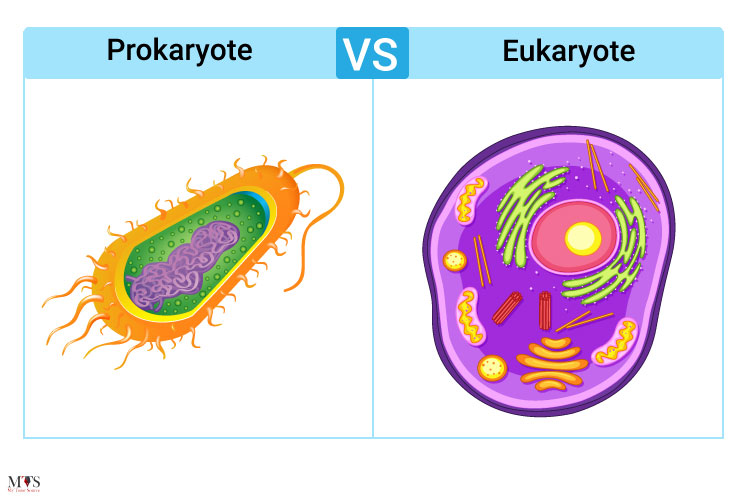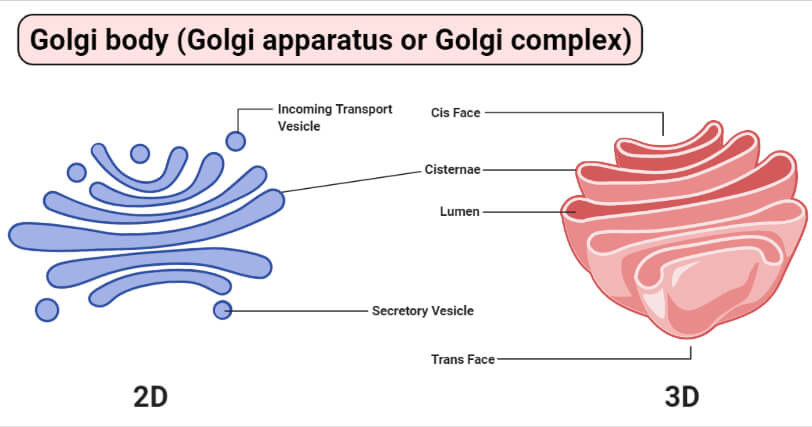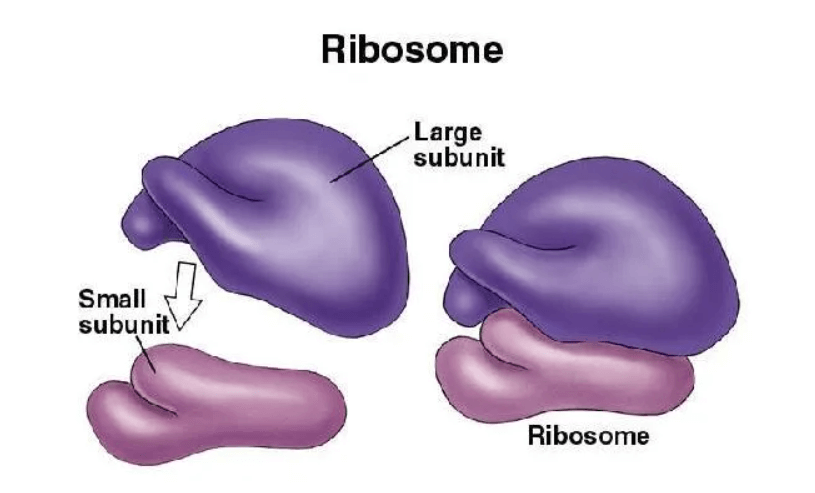Introduction to Cells
- Discovery of Cell: Robert Hooke (1665) saw in thin slice of cork ,honey comb like structure using primitive microscope.He called them cell.
- Leeuwenhoek [1674] discovered free living cell in pond water .[AnimalCule]
- Cell Theory: Proposed by Schleiden and Schwann (1838-39), later expanded by Virchow (1855):
- All living organisms are composed of cells
- Cell is the basic unit of life
- All cells arise from pre-existing cells[Omni-cellula-e-cellula]
Cell Cell is the Structural,Functional and fundametal unit of Life.
Important Discoveries
| Scientist | Discovery | Year |
|---|---|---|
| Robert Hooke | First observed cells | 1665 |
| Leeuwenhoek | First observed living cells | 1674 |
| Robert Brown | Discovered nucleus | 1831 |
| Purkinje | Discovere Protoplasm | 1839 |
Timeline Tip: Remember the progression: First saw dead cells (Hooke, 1665) → then living cells (Leeuwenhoek, 1674) → discovered nucleus (Brown, 1831) → established cell theory (Schleiden & Schwann, 1838-39).
Prokaryotic and Eukaryotic Cells
- Eukaryotic Cells: Cells that have a membrane-bound nucleus.
- Prokaryotic Cells: Cells that lack a membrane-bound nucleus.

| Prokaryotic Cells | Eukaryotic Cells |
|---|---|
| 1. Simple and small in size. | 1. Complex and large in size. |
| 2. No membrane-bound organelles. | 2. Contain membrane-bound organelles. |
| 3. Genetic material is not enclosed in a nuclear membrane. | 3. Genetic material is enclosed in a nuclear membrane. |
| 4. Ribosomes are smaller (70S type). | 4. Ribosomes are larger (80S type). |
| 5. Cell wall made of peptidoglycan (in most cases). | 5. Cell wall present only in plants (cellulose) and fungi (chitin); absent in animals. |
Examples of prokaryotic cells: Bacteria, Mycoplasma
Examples of eukaryotic cells: Animal cells, Plant cells, Fungi, Protists
Cell Membrane
- Semi-permeable phospholipid bilayer
- Functions: Protection, selective transport, cell recognition
PHOSPHOLIPID BILAYER

Diffusion and Osmosis
- Diffusion - Movement of substances from high concentration to low concentration. Example - Oxygen enters the cell via diffusion when the level of oxygen decreases inside the cell.
- Osmosis - Movement of water through a semipermeable membrane from high concentration to low concentration. Example - When raisins are kept in water, they swell up due to water entering the raisin cells via osmosis.
Conditions for osmosis - There are three types of osmotic solutions:
| Solution Type | Description |
|---|---|
| Hypotonic solution | Solution in which solute concentration inside the cell is higher than the external environment. |
| Isotonic solution | Solution in which solute concentration inside the cell is same as the external environment. |
| Hypertonic solution | Solution in which solute concentration inside the cell is lower than the external environment. |
CELL STRUCTURE
Plant Cell vs Animal Cell

| Feature | Plant Cell | Animal Cell |
|---|---|---|
| Cell wall | Present | Absent |
| Chloroplast | Present | Absent |
| Vacuole | Large | Small or absent |
| Lysosome | Absent | Present |
| Centrosome | Absent | Present |
Cell Wall (Plant Cells Only)
- Rigid outer layer made of cellulose
- Functions: Structural support, protection, prevents bursting
Cytoplasm
- Jelly-like substance between nucleus and cell membrane
- Contains organelles and cytoskeleton
Nucleus
- Control center of the cell
- Contains chromatin (DNA + proteins)
- Surrounded by nuclear membrane with pores
- Contains nucleolus (ribosome production)
Cell Organelles
Mitochondria
- Mitochondria are small, cylindrical organelles present in cytoplasm.
- It is double membranous structure.[Outer/inner]
- The inner membrane is folded into finger-like structures called cristae.
- The space inside cristae is called matrix.
- They are Responsible for cellular respiration which provides energy.
- So mitochondria is also called "Power House Of The Cell."
- It was discovered by Richard Altmann.

Plastids
- It is double membranous structure in plant cell.
- It is Responsible for manufacturing and storage of food.
- It was discovered by Ernst Haeckel.
- It is of three types:
- Chloroplast
- Chromoplast
- Leucoplast
- Chromoplast
- Responsible for non-green pigments (red, yellow, orange).
- Found in flowers and fruits (e.g., tomatoes, carrots).
- Attracts pollinators and seed dispersers. - Leucoplast ()
- Colorless plastids for storage.
- Types include:
• Amyloplasts (store starch)
• Elaioplasts (store lipids)
• Proteinoplasts (store proteins)
- Found in roots and storage tissues. - Chloroplast
- It is present only in plant cells and algae. It contains chlorophyll, which is responsible for the green color of leaves. Chlorophyll absorbs sunlight and thus helps in photosynthesis. Inside the inner membrane, a fluid substance called stroma is present. Within the stroma, disc-like structures called thylakoids bear chlorophyll. Groups of thylakoids form a structure known as a granum. It is also called the Kitchen of the Cell.

Endoplasmic Reticulum
- It was described by Keith R. Porter.
- It is a network of tubes and sheets made up of cisternae, tubules and vesicles.
- There are two types of ER:
- Smooth Endoplasmic Reticulum
- Rough Endoplasmic Reticulum
- Smooth Endoplasmic Reticulum:
- It is smooth because ribosomes aren't attached on its surface.
- They are sites of fat molecule synthesis.
- Rough Endoplasmic Reticulum:
- It is rough because ribosomes are attached on its surface.
- They are sites of protein synthesis.
- Functions:
- It serves as channel for transport of molecules between cytoplasm and nucleus.
- SER helps in fat molecule synthesis and RER helps in protein synthesis.
- It helps in detoxification.

Golgi Apparatus
- It was first discovered by scientist Camillo Golgi.
- It is a membrane bound organelle made up of series of flattened stacked pouches called cisternae.
- It is located in the cytoplasm next to the endoplasmic reticulum.
- Golgi body is also called the "Traffic Police Of Cell".
- Functions:
- It helps in storage, modification and release of cell products.
- Complex sugars are made from simple sugars in Golgi body.
- It helps in formation of lysosome.

Lysosomes
- It was discovered by Christian de Duve.
- Lysosome is a spherical sac-like single membranous structure.
- Lysosomes are filled with about 50 different types of digestive enzymes called acid hydrolases.
- Lysosomes are highly polymorphic cell organelles because they are found in different forms.
- Functions:
- It helps in digestion of foreign materials received in cell.
- It digests old and dead cell organelles.
- It is also known as "suicidal bag," because sometimes all lysosomes of a cell burst completely to dissolve the cell organelles.

Ribosomes
- It was discovered by George Palade.
- Ribosomes are minute particles present in cytoplasm.
- It is non-membranous organelle.
- There are two types of ribosomes based on their sedimentation units:
- 70S type:
- Found in prokaryotic cells
- Has two subunits: 50S and 30S
- 80S type:
- Found in eukaryotic cells
- Has two subunits: 60S and 40S
- 70S type:
- Function: It synthesizes proteins so it is also called protein factory of the cell.

Vacuoles
- Vacuoles are fluid-filled cavities present in the cytoplasm.
- The fluid inside vacuoles is called cell sap.
- They are surrounded by a single membrane called tonoplast.
- In mature plant cells, there is one large central vacuole.
- In animal cells, vacuoles if present are much smaller.
- The vacuole fluid is viscous and contains various substances.
- Functions:
- They help to maintain osmotic pressure in the cell.
- They act as storage house of pigments, waste products, useful minerals and salts.

Cell Division
- Formation of new cell from pre-existing cell is called cell division.
- Cell division is of two types:
- Mitosis
- Meiosis
- Mitosis - The cell division is also known as somatic cell division in which two identical cells are produced. In this cell division, the number of chromosomes remains same. Mitosis is a continuous process.
- Meiosis - It is a special type of cell division that occurs in sexually reproducing organisms. Meiosis results in formation of gametes. It consists of two successive cell divisions (Meiosis I and Meiosis II) but chromosomes duplicate only once.